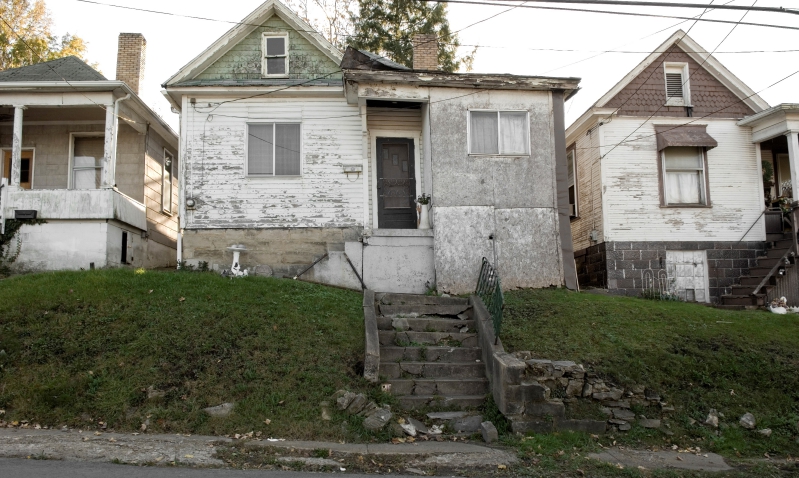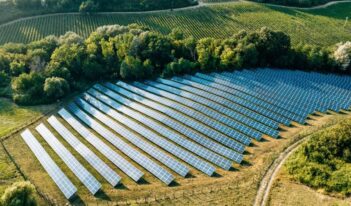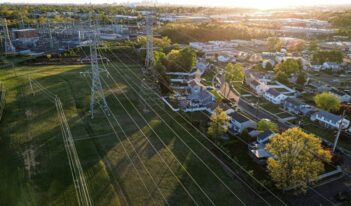
Federal programs should better protect low-income residents from rising energy costs.
Winter is here, and home energy costs are getting worse. The government needs to step in with a long-term solution to protect those who are most vulnerable and to decarbonize residential buildings.
One in four low-income households spends more than 15 percent of its income on energy. These residents carry “high energy burdens,” meaning that a large percentage of their income is spent on their utility bills.
For example, the American Council for an Energy-Efficient Economy found that, in Memphis, low-income households can spend 13 percent of their income on utility bills. Comparatively, households across U.S. cities spend on average just 3 percent of their income on energy. To make matters worse, low-income residents often live in older houses that are not energy-efficient and therefore pay more to heat and cool their homes.
States can currently administer two federal programs to assist low-income residents with their energy costs and home energy efficiency: a Low Income Heat Energy Assistance Program (LIHEAP) and a Weatherization Assistance Program (WAP). But these programs are not a long-term solution.
Taken together, these programs provide federal funding to states to assist residents below the poverty line in paying their energy bills and to help with weatherization repairs—minor home improvements in insulation and energy efficiency.
Notwithstanding the benefits from the current LIHEAP and WAP programs, these programs do little to protect low-income residents from a future of rising energy bills and the worsening effects of the climate crisis. Rather than just paying for residents’ energy bills, U.S. legislators need to begin transitioning these homes from natural gas to electric power.
This transition is necessary because natural gas prices are increasing. And experts expect these prices to continue to increase. The U.S. Energy Information Administration (EIA) forecasts that U.S. households that run on gas heating will, on average, spend 30 to 50 percent more on heating this winter than last year. EIA explains that this jump is the result of higher gas prices and higher overall levels of gas consumption.
In comparison, EIA projects that U.S. households that run on electricity heating will spend only 6 to 15 percent more on heating this winter than last year.
The White House recently announced that it would double the amount of funding for LIHEAP programs. This money will help recipients pay their bills and receive minor efficiency repairs in their homes.
But government intervention to begin transitioning low-income homes from gas to electric—a more systemic solution—would provide long-term economic benefits to low-income residents by helping them avoid continuously rising gas prices.
Transitioning the residential sector from gas to electric is also a necessary step for the Biden Administration to achieve its goal of reaching net zero emissions by 2050. In the United States, the operation of buildings accounts for about 40 percent of the country’s energy consumption. And roughly half of all U.S. homes use natural gas for heating.
The technology required to switch these homes from gas to electric heating already exists. Technicians can retrofit buildings with new, clean energy technology. Retrofitting involves swapping gas heaters out with electric heat pumps, which move cold air outside in colder months and bring cold air inside during warmer months.
Although electric heat pumps are energy-efficient and more sustainable than gas, heat pumps can be costly. The average cost for purchasing and installing an electric heat pump is typically over $4,000. For the 34 million people living below the poverty line, this cost is prohibitive.
A few states and cities, absent federal legislation or regulation, do provide heat pumps for low-income residents. But strong local programs are rare. When local programs do exist, they often can only provide partial financial assistance or can only convert a few thousand households to electric power.
Rather than leave states to develop their own programs, the U.S. Congress should earmark some of the $4.5 billion dollars of recently added LIHEAP funding to provide heat pumps to those with high energy burdens. Without strong federal action, state programs will produce disparate results and inadequate protection for those who need it most.
Alternatively, Congress could instruct the U.S. Department of Health and Human Services and the U.S. Department of Energy to create a new federal program that accounts for both the long-term needs of low-income residents and the need to decarbonize buildings. This program would ensure that low-income residents are included in the larger clean energy transition by funding residential electrification programs for those with high energy burdens.
Any option will be costly, but the federal government has already planned to fund clean energy for low-income households. The Biden Administration has committed to give “at least 40 percent of the overall benefits from Federal investments in climate and clean energy to disadvantaged communities.” A federal electrification program for low-income residents aligns precisely with the goals of that commitment.
And investing in climate mitigation measures now is less expensive than paying for the consequences after prevention is too late. As Joel Jagger and Devashree Saha at the World Resources Institute noted in an economic analysis of U.S. climate action, “the transition to a new climate economy might be the best bargain of our time.”



